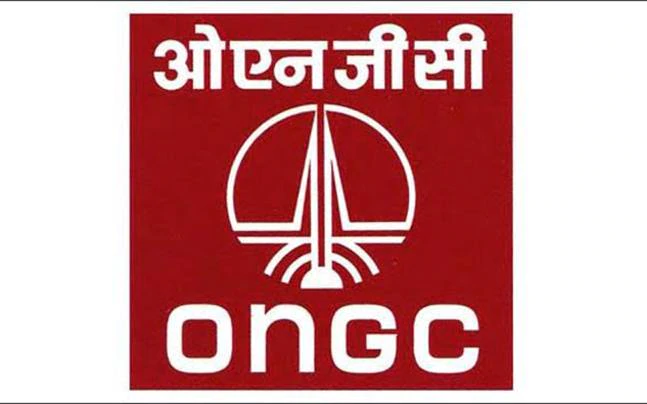
LONGi Claims ‘Record’ Efficiency For P-HJT Cell; Announces Plan To Explore Outer Space For Clean Energy Exploration – EQ Mag Pro
-
LONGi has achieved 26.12% efficiency for its p-HJT solar cell calling it a record for p-type silicon solar cell
-
ISFH Germany has awarded a certification for the efficiency for which the company used a single crystal silicon wafer with M6 dimensions and 274.3 cm² size
-
The company also intends to explore outer space for its products and has decided to set up a Future Energy Spacelab for the purpose
-
Chinese integrated solar PV producer LONGi Green Energy Technology has reported achieving the highest ‘record’ for p-type silicon solar cell efficiency with 26.12% for its silicon heterojunction (p-HJT) cell made out of the company’s own gallium-doped p-type silicon wafers.
The efficiency reported on a single crystal silicon wafer with M6 dimensions and 274.3 cm² size carries a certification from Germany’s Institute of Solar Energy Hamelin (ISFH). For LONGi, this is an improvement of 0.65% over 25.47% it announced in March 2022 (see 25.47% Efficiency For P-Type HJT Cell).
This time around, LONGi upgraded the crystal pulling process to meet the requirements of p-HJT silicon wafers for performance indicators such as resistivity and lifetime. The company’s R&D team was able to improve the short-circuit current (lsc) by 1.06%, open-circuit voltage (Voc) by 0.3%, and fill factor (FF) by 1.1% compared to the last time.
“It is worth mentioning that the cell development process is close to that of n-type cells, which fully proves the versatility and robustness of this technology,” it added.
While this improves the efficiency limit of silicon HJT cells, LONGi says it further validates the feasibility of low-cost silicon HJT as a mass production technology.
It recently secured ISFH certification for a 25.40% efficiency for indium-free HJT solar cells (see 25.40% Efficiency For Indium-Free HJT).
ON a different topic, LONGi is also trying to explore further applicability of its solar PV technology. The company has announced plans to establish a Future Energy Spacelab to encourage industry research for the application of clean energy in outer space, creating new energy and related industries.
As its maiden venture, the company plans to send its new product developed at the Spacelab to outer space. “In combination with the experimental results, the actual environment of outer space is simulated on the ground to monitor the changes in the relevant performance of the product, so as to lay a theoretical and experimental foundation for promoting the practical application of the product and broaden the application field of the product,” stated LONGi.

















